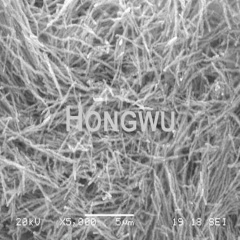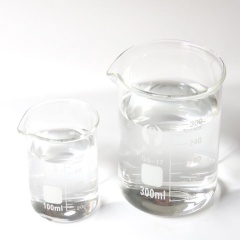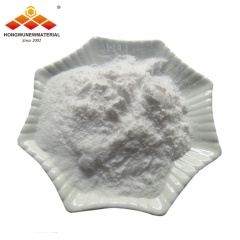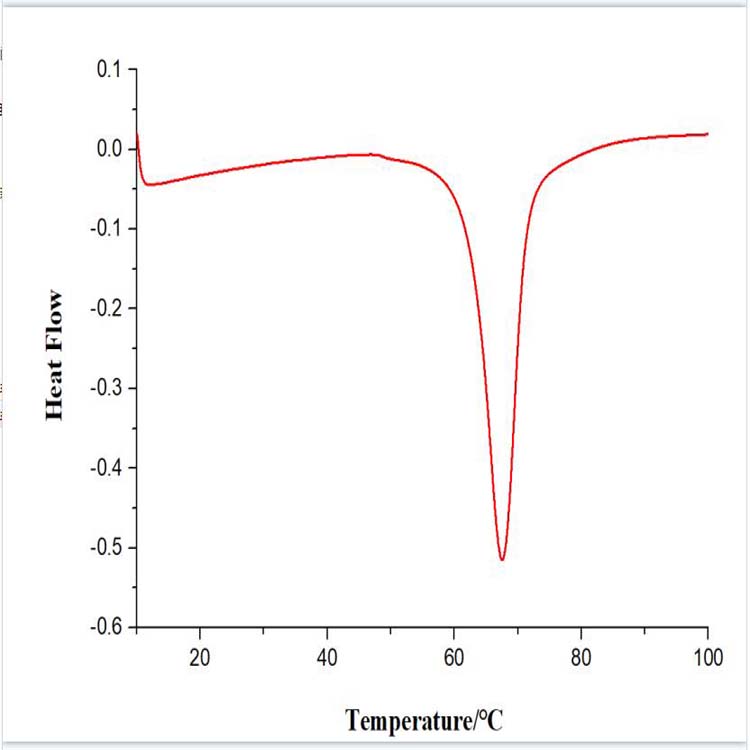Under the guidance of policies, new energy vehicles have been showing a rapid development trend. Compared with traditional fuel vehicles, the biggest advantage of new energy vehicles is that they can minimize the environmental pollution caused by vehicle exhaust, which is in line with people's sustainable and recycling development philosophy.
Norway is set to ban the sale of fuel cars in 2025, India in 2030 and Britain and France in 2040!China will launch a pilot project in Hainan province on March 1,2019, aiming to popularize new energy vehicles in the province by 2030. This means that we can see the effect of banning the sale of fuel vehicles in six years at the earliest, and the replacement of fuel vehicles will definitely be new energy vehicles.

New energy generally refers to the renewable energy which is developed and utilized on the basis of new technology, including solar energy, biomass energy, water energy, wind energy, geothermal energy, wave energy, ocean current energy, tidal energy, hydrogen energy and so on.New energy vehicles include: hybrid electric vehicle (HEV), pure electric vehicle (BEV), fuel cell vehicle (FCEV), hydrogen engine vehicle, gas vehicle, alcohol ether vehicle, solar energy vehicle and other new energy vehicles.
New energy vehicles do not burn oil, only electricity, Under the full point state the maximum mileage can reach about 450KM.But the key points are battery life problems, charging problems,etc.The other is to accelerate the construction of charging infrastructure, encourage wireless charging, intelligent charging andthe innovation and industrialization of high-power charging technologies, and support the construction and operation of hydrogen refueling stations.In the future, the charging trend of electric vehicles will be the combination of "daily slow charging of private ac charging piles" and "quick charging of public charging".

We are in an age of technology,as a key power battery industry, new energy automotive technology also started the development path in big strides, and nanotechnology as the leading technology in the new era, its application in the lithium battery cathode material will inevitably bring the industry a new round of technological breakthrough.
Focusing on the future, we will focus on breakthroughs in core technologies of key components such as power cells and fuel cells with high specific power and high durability.
With the rapid development of electric vehicle technology lithium ion battery performance is put forward higher request, which has inspired research enthusiasm of lithium ion battery cathode materials with high capacity, long cycle life, compared with the current commercial carbon anode materials, Nano silicon and nano germanium electrode materials with higher specific capacity and energy density, therefore they is considered a potential next-generation lithium-ion battery cathode materials.
Silicon and germanium-based micro-nano structure and composite with carbon and other materials can improve the cycle life of silicon and germanium anode materials to a certain extent. In particular, silicon has been used as the cathode of lithium battery in commercial applications.As a germanium with better performance than silicon, it has the advantages of high reversible capacity and low voltage platform, and has higher electronic conductivity and lithium ion diffusion rate than silicon. Therefore, germanium is a strong candidate for the cathode material of high-power lithium ion battery.At present, researchers attempt to prepare various kinds of germanium nano-structured materials to improve their electrode properties.
HOWU Nanomaterials are supplying high quality battery cathode materials such as nano-silicon powder, nano-germanium powder, nano-carbon material and so on.
Silicon Nanoparticles, size 30-50nm, 99%, good spherical;100-200nm and larger sizes, 99.9%
Germanium Nanoparticles, size 30-50nm,100-200nm, 300-400nm, and larger sizes with high purity 99.999%
Looking forward to the future of new energy vehicles can develop faster and better.


 English
English français
français Deutsch
Deutsch русский
русский italiano
italiano español
español português
português 日本語
日本語 한국의
한국의 Türkçe
Türkçe


















 8620-87226359,8620-87748917
8620-87226359,8620-87748917

